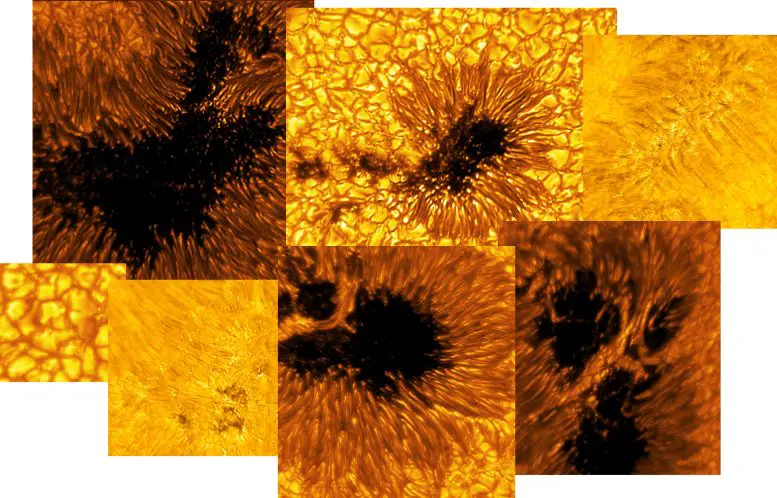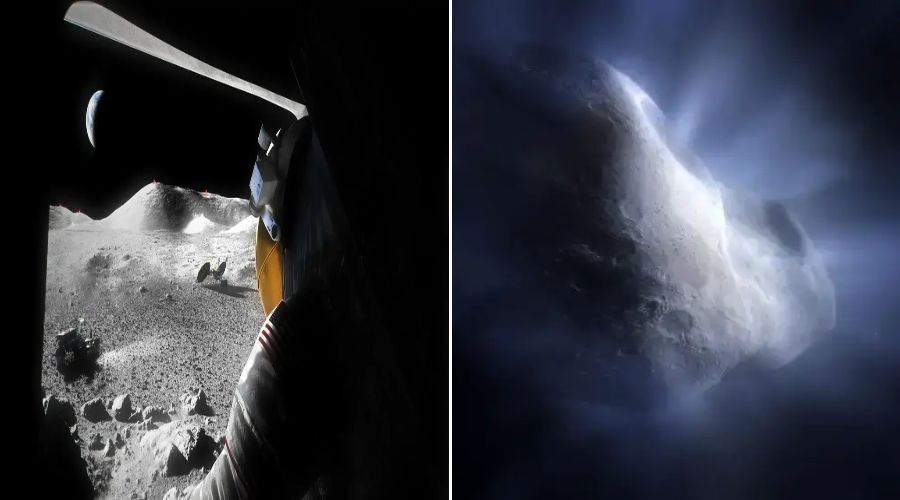This Is The Largest Thing In The Universe, But According To Some Theories, It Shouldn’t Even Be Possible To Find It.
Astronomers used to think that it was just a “filament” of galaxies. But latest research proposes that this structure not just bigger but its size has astronomers scratching their heads. Hercules-Corona Borealis Great Wall a massive galactic superstructure.

Dr. Jon Hakkila, an astrophysics professor at the College of Charleston in South Carolina and one of the astronomers who discovered the structure, told The Huffington Post:
“The Her-CrB GW is larger than the theoretical upper limit on how big universal structures can be. Thus, it is a conundrum: it shouldn’t exist but apparently does.”
Mysteries just like this are why astronomers observe the skies for a glimpse into the past, as they shed light not only on the initial years of our cosmos, but also more about our own galaxy, as well as our solar system, and ultimately, ourselves.
As astronomers are still charting the sky, there just may be something even bigger than the Hercules-Corona Borealis Great Wall in our universe.
Hakkila said “The danger of finding the biggest, or most distant, or the oldest things in the universe is always that sooner or later someone is likely to come along and find something bigger, more distant, or older than the thing you found. So far we have not been upstaged, but it has only been about six months since we published.”
Source: myanmarnewsfeed.xyz








